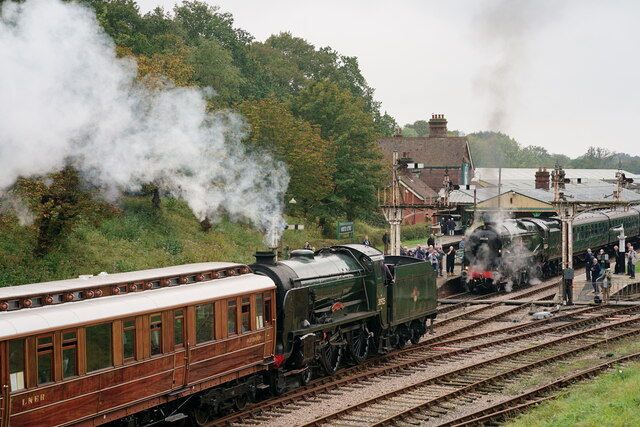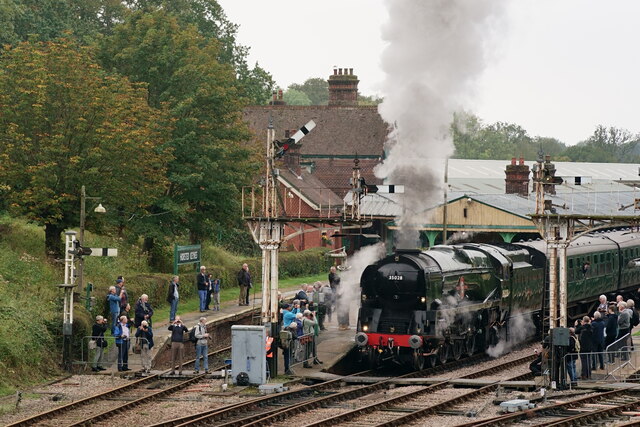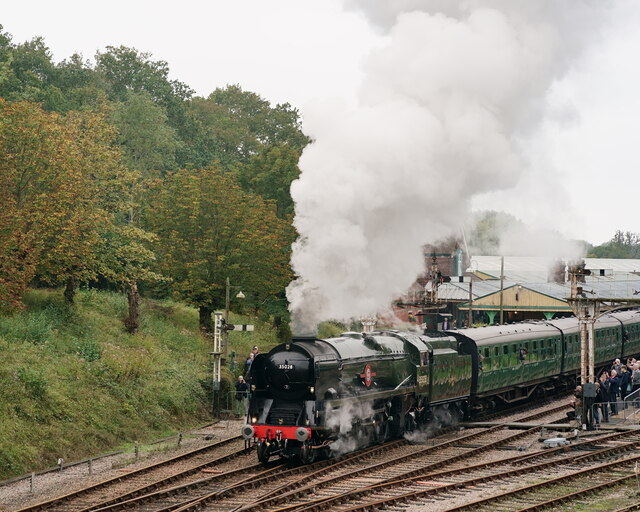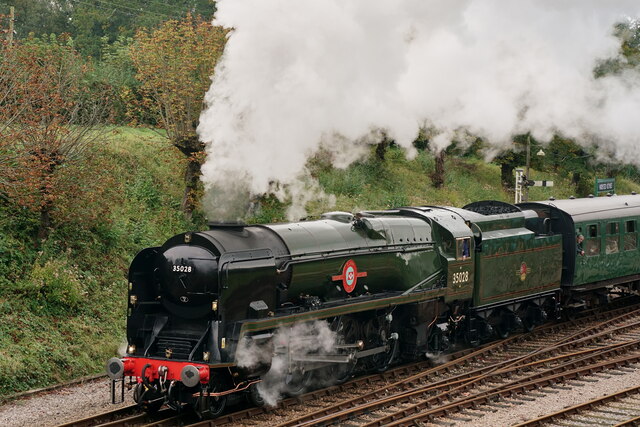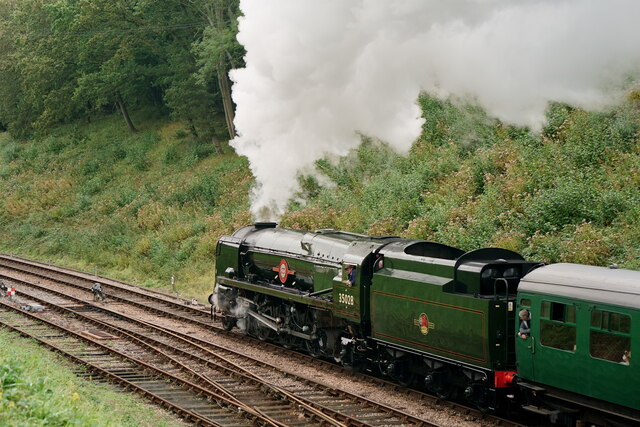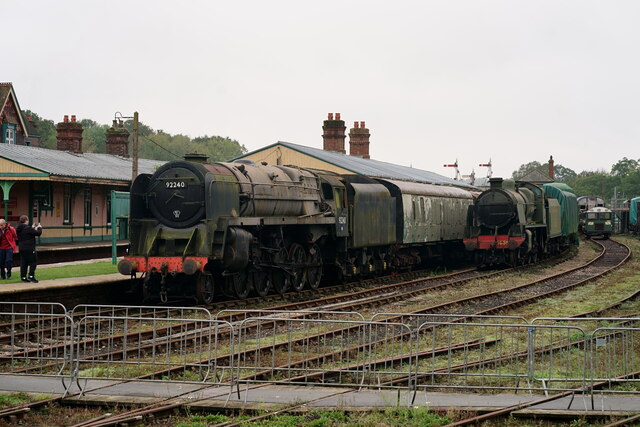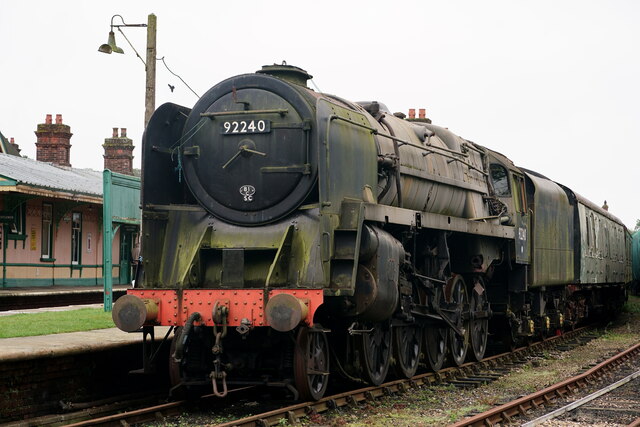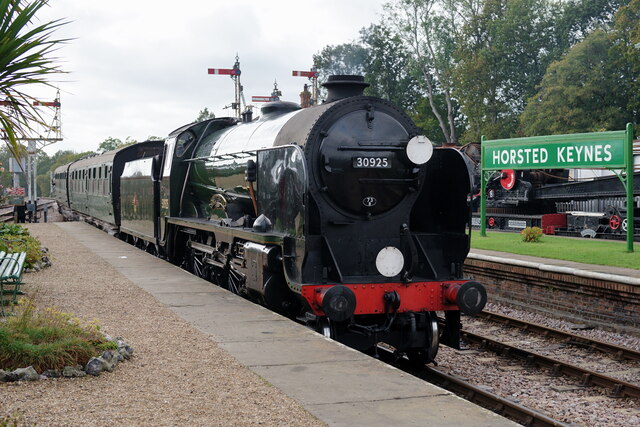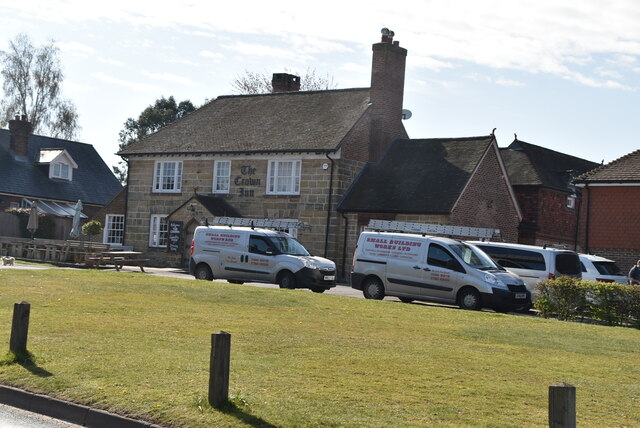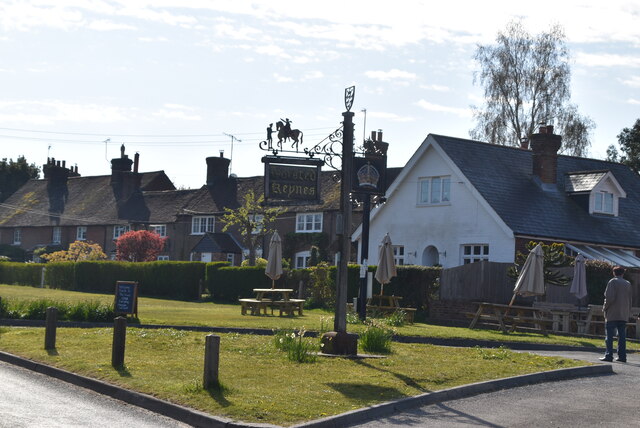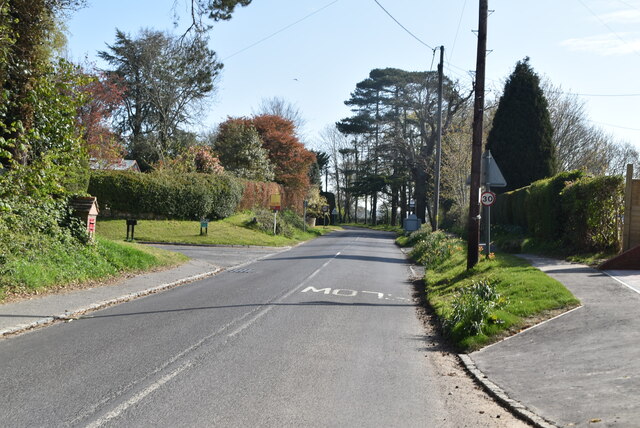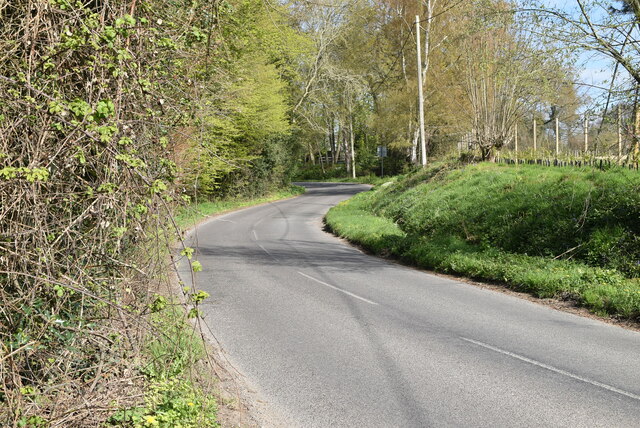Cinder Hill
Settlement in Sussex Mid Sussex
England
Cinder Hill
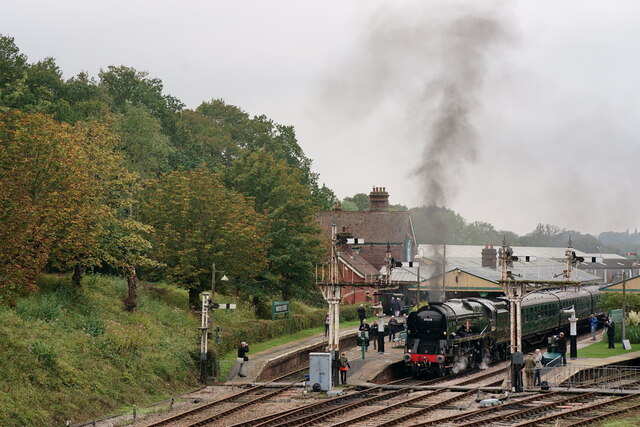
Cinder Hill is a small village located in the county of Sussex, England. Situated in the High Weald Area of Outstanding Natural Beauty, the village is surrounded by picturesque rolling hills and dense woodlands, offering stunning views of the countryside.
The history of Cinder Hill dates back several centuries, with evidence of human settlement found in the area since ancient times. The village takes its name from the coal mining activity that took place in the region during the 19th century, when coal was extracted from the local collieries.
Today, Cinder Hill is a peaceful and charming village, attracting visitors with its tranquil atmosphere and scenic surroundings. The village is primarily residential, with a small population of friendly and close-knit community members.
Despite its small size, Cinder Hill boasts a few amenities to cater to the needs of its residents. These include a local pub, a small convenience store, and a village hall that hosts various community events throughout the year.
The village is also well-connected to the neighboring towns and cities, with good transport links provided by nearby major roads. This accessibility allows residents to easily commute to work or explore the surrounding areas.
Overall, Cinder Hill offers a peaceful retreat for those seeking a countryside lifestyle with easy access to modern conveniences. Its idyllic setting and community spirit make it a desirable place to live or visit in Sussex.
If you have any feedback on the listing, please let us know in the comments section below.
Cinder Hill Images
Images are sourced within 2km of 51.051131/-0.034786 or Grid Reference TQ3729. Thanks to Geograph Open Source API. All images are credited.
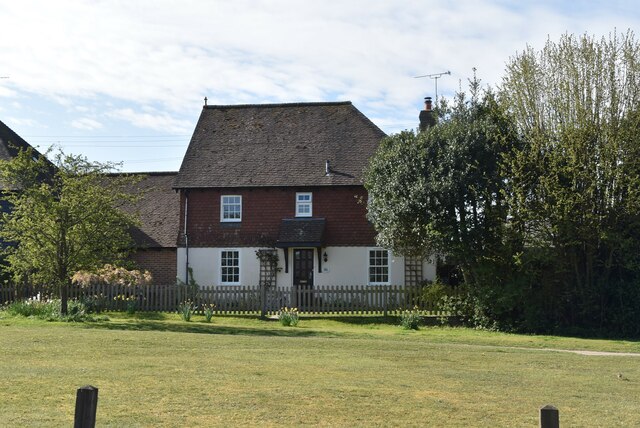
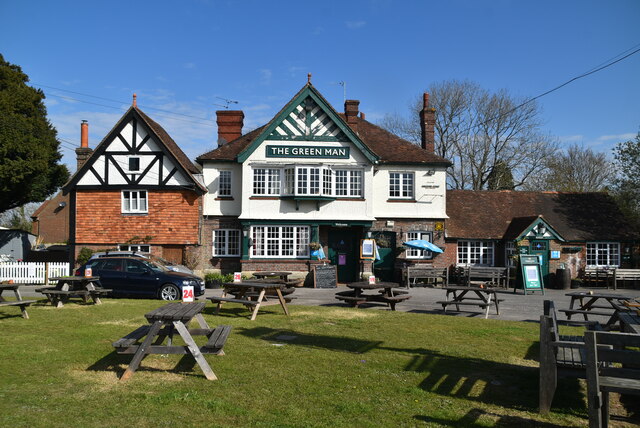
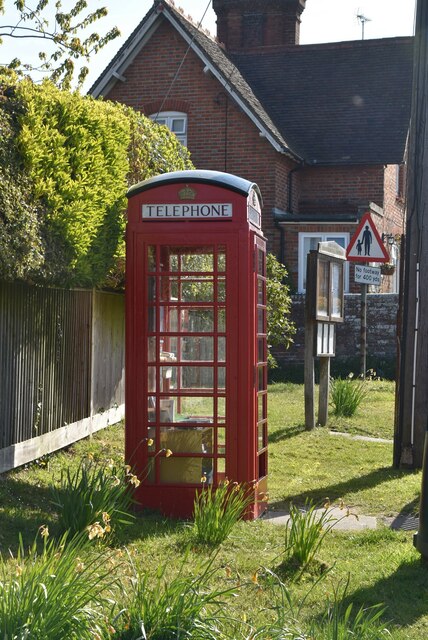
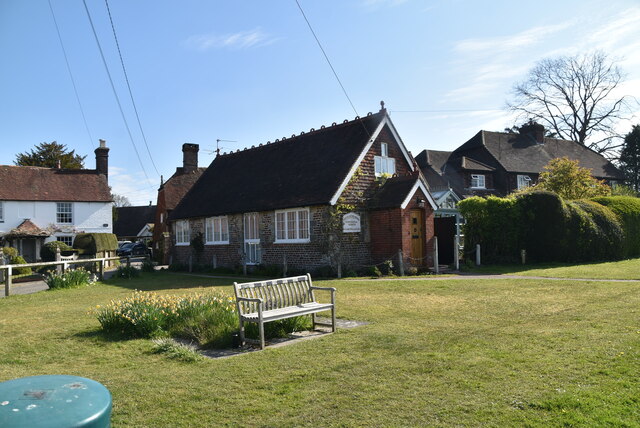
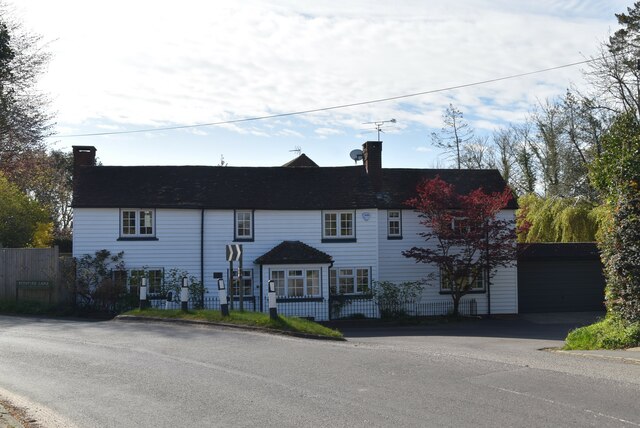
Cinder Hill is located at Grid Ref: TQ3729 (Lat: 51.051131, Lng: -0.034786)
Administrative County: West Sussex
District: Mid Sussex
Police Authority: Sussex
What 3 Words
///calendars.sunk.sensual. Near Horsted Keynes, West Sussex
Nearby Locations
Related Wikis
Horsted Keynes railway station
Horsted Keynes railway station is a preserved railway station on the Bluebell Railway in Sussex. The station has been used as a shooting location in several...
Lindfield & High Weald (electoral division)
Lindfield & High Weald is an electoral division of West Sussex in the United Kingdom, and returns one member to sit on West Sussex County Council. ��2...
St Giles' Church, Horsted Keynes
St Giles' Church is an Anglican church in the village of Horsted Keynes in Mid Sussex, one of seven local government districts in the English county of...
All Saints Church, Highbrook
All Saints Church is an Anglican church in the hamlet of Highbrook in Mid Sussex, one of seven local government districts in the English county of West...
Horsted Keynes
Horsted Keynes KAYNZ is a village and civil parish in the Mid Sussex District of West Sussex, England. The village is about 5 miles (8 km) north east...
Bluebell Railway
The Bluebell Railway is an 11 mi (17.7 km) heritage line almost entirely in West Sussex in England, except for Sheffield Park which is in East Sussex....
Sharpthorne
Sharpthorne is a village in the Mid Sussex District of West Sussex, South-East England. It lies on the West Hoathly to Forest Row road 3.8 miles (6.2...
West Hoathly SSSI
West Hoathly SSSI is a 0.7-hectare (1.7-acre) geological Site of Special Scientific Interest in Sharpthorne in West Sussex. It is a Geological Conservation...
Nearby Amenities
Located within 500m of 51.051131,-0.034786Have you been to Cinder Hill?
Leave your review of Cinder Hill below (or comments, questions and feedback).
